Table of Contents
- Quick Pepper Facts
- What Pepper Is Made Of: The Essential Answer
- Types of Peppers Explained
- The Science Behind Pepper's Composition
- The Global Pepper Trade: A Hidden Impact
- Health Benefits of Peppers
- Cooking Tips: How to Use Different Peppers Like a Pro
- Common Myths About Peppers Busted!
- Consumer Sentiment Analysis
- Conclusion: Pepper - More Than Just a Condiment
- Frequently Asked Questions
Pepper Quick Facts
- Primary source: Dried berries of Piper nigrum plant
- Key compound: Piperine (5-9% of peppercorn)
- Black vs white: Different processing of same berry
- Nutrient booster: Increases absorption of other nutrients by up to 2000%
- Global production: Vietnam (34%), Brazil (24%), India (20%)
What Pepper Is Made Of: The Essential Answer
Pepper is made from the dried berries of the Piper nigrum plant, not from seeds or roots as commonly misunderstood. The specific processing method determines whether you get black, white, green, or red pepper varieties—all derived from the same vine species native to South Asia. The key compound responsible for pepper's distinctive flavor and health properties is piperine, an alkaloid concentrated in the outer layer of the peppercorn.
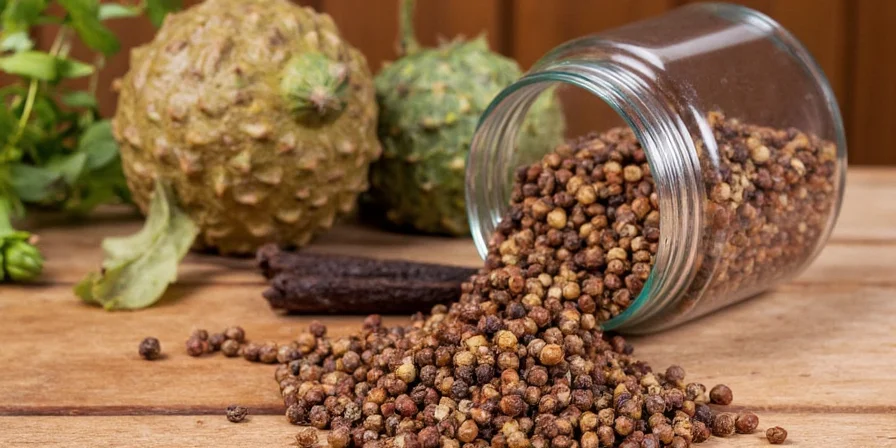
Unlike chili peppers (which get their heat from capsaicin), true peppercorns are berries that develop on flowering vines. As these berries mature through different stages and undergo specific processing techniques, they transform into the various pepper types found in your kitchen.
Types of Peppers Explained
Understanding what pepper is made of requires examining how processing affects the same botanical source. All common pepper varieties originate from Piper nigrum, with differences arising from harvest timing and processing methods:
| Type | Harvest Time | Processing Method | What It's Made Of | Common Uses |
|---|---|---|---|---|
| Black Pepper | Unripe berries (green) | Sun-dried with outer layer intact | Whole berry with pericarp containing 5-9% piperine | All-purpose seasoning, meats, roasted vegetables |
| White Pepper | Fully ripe berries (red) | Soaked to remove outer layer, leaving seed only | Inner seed with 1-2% piperine | Soups, white sauces, light-colored dishes |
| Green Pepper | Unripe berries | Preserved in brine or freeze-dried | Whole berry with lower piperine concentration | Bratwurst, stir-fries, fresh preparations |
| Red/Pink Pepper | Very ripe berries | Quickly dried or from unrelated Schinus plants | Berries with different compounds (not piperine) | Desserts, cocktails, decorative uses |
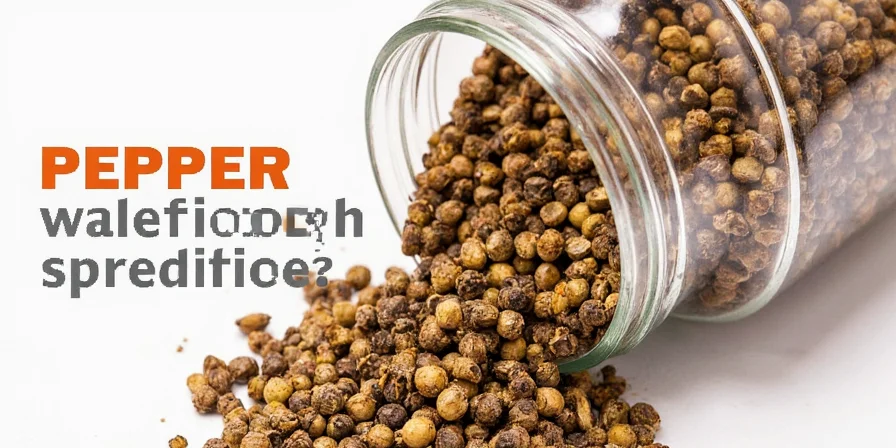
The Science Behind Pepper's Composition
When asking what is pepper made out of, the scientific answer reveals why this spice has been valued for millennia. The active compound piperine (C17H19NO3) constitutes 5-9% of black peppercorns and is responsible for both the pungent flavor and numerous health benefits.
Pepper's Chemical Composition Breakdown
| Compound | Percentage in Black Pepper | Function |
|---|---|---|
| Piperine | 5-9% | Provides heat, enhances nutrient absorption |
| Essential Oils | 2-8% | Contributes aroma (pinene, sabinene, limonene) |
| Starch | 25-35% | Structural component of the berry |
| Protein | 10-12% | Nutritional component |
| Minerals | 5-7% | Potassium, magnesium, iron, calcium |
The transformation from berry to spice involves complex biochemical changes. When unripe green berries are harvested and sun-dried, enzymes activate that convert piperine precursors into the active compound. This process also creates the characteristic dark color through oxidation of phenolic compounds.
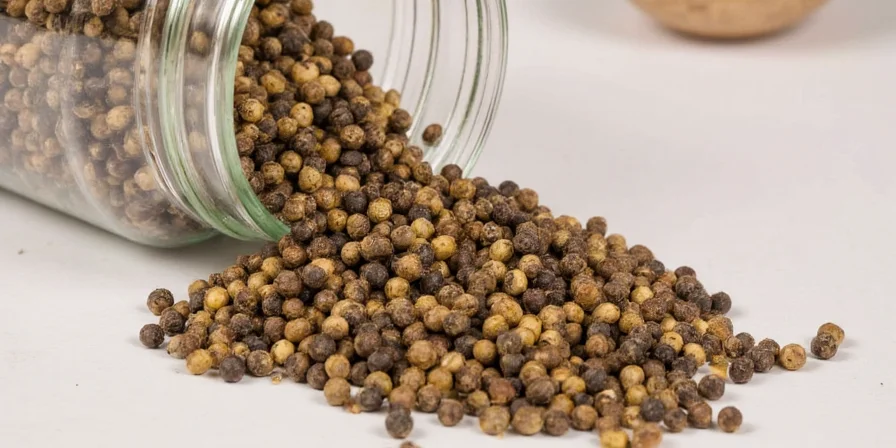
The Global Pepper Trade: A Hidden Impact
While most guides focus on flavor profiles, few examine pepper's economic footprint. Vietnam now dominates production (34% of global supply), shifting historical dominance from India's Malabar Coast. This transition reveals critical sustainability challenges: intensive farming has caused soil degradation in key regions like Phu Quoc Island, while price volatility leaves 85% of smallholder farmers vulnerable. Emerging solutions like blockchain traceability in Kampot pepper (Cambodia) demonstrate how technology can protect both farmers and terroir — proving your pepper choice directly impacts agricultural ecosystems far beyond the dinner table.
Pepper Production Evolution: Historical Timeline (1500-Present)
Key milestones in global pepper trade dynamics:
| Era | Production Leader | Key Developments | Global Market Share |
|---|---|---|---|
| 1500-1700 | India (Malabar Coast) | Portuguese maritime monopoly; overland routes controlled by Arab traders | 100% |
| 1700-1900 | Malaysia (Penang) | British colonial expansion; mechanized drying introduced | 70% (Malaysia/Singapore) |
| 1900-1990 | India (Kerala) | Cooperative farming model; quality standardization | 60% (India) |
| 1990-2010 | Brazil (Pará) | Large-scale agro-exports; price stabilization initiatives | 35% (Brazil) |
| 2010-Present | Vietnam (Dak Lak) | High-yield farming; blockchain traceability adoption | Vietnam 34%, Brazil 24%, India 20% (Source: IPC 2020 Report, p.12) |
Health Benefits of Peppers
Understanding what pepper is made of explains its remarkable health properties. Here's why piperine-rich pepper deserves attention beyond flavor enhancement:
- Nutrient Bioavailability Booster: Piperine increases absorption of key compounds like curcumin (in turmeric) by up to 2000%, resveratrol by 229%, and beta-carotene by 60% according to peer-reviewed studies (Shoba et al., Planta Medica 1998).
- Metabolic Support: Research shows piperine may help regulate fat metabolism and reduce triglyceride levels.
- Digestive Aid: Stimulates hydrochloric acid production, improving protein digestion and preventing gas and bloating.
- Antioxidant Protection: Contains multiple antioxidant compounds that combat free radicals and reduce oxidative stress.
- Neurological Benefits: Emerging research suggests piperine may support cognitive function and protect against neurodegenerative conditions.
Context Boundaries: When Benefits Do Not Apply
Pepper's health effects are context-dependent with critical limitations:
- Drug Interactions: Piperine inhibits CYP3A4 enzymes, potentially increasing blood levels of medications (blood thinners, antidepressants). Contraindicated for patients on these therapies (Atal et al., Planta Medica 1985).
- Dosage Threshold: Bioenhancement requires ≥20mg piperine (≈1 tsp pepper). Culinary use typically provides 5-10mg, yielding partial benefits.
- Digestive Sensitivity: Causes gastric irritation in 15% of IBS patients at doses >1g/day (EFSA Journal 2018).
- Nutrient Specificity: Only enhances fat-soluble compounds (curcumin, resveratrol). No significant effect on water-soluble vitamins.
Cooking Tips: How to Use Different Peppers Like a Pro
Now that you understand what pepper is made of, maximize its potential with these science-backed techniques:
- Grind Fresh for Maximum Piperine: Whole peppercorns retain piperine better than pre-ground pepper. Grind just before use for up to 300% more active compounds.
- Heat Application Matters: Add black pepper late in cooking to preserve volatile oils, but include it early when making turmeric-based dishes to boost curcumin absorption.
- Pair with Healthy Fats: Piperine is fat-soluble—combining pepper with olive oil, avocado, or nuts enhances its bioavailability.
- White Pepper for Digestive Sensitivity: With lower piperine content, white pepper offers similar flavor with less digestive stimulation for sensitive individuals.
- Green Pepper for Fresh Applications: Use in uncooked dishes like salads where you want pepper flavor without the heat of dried varieties.
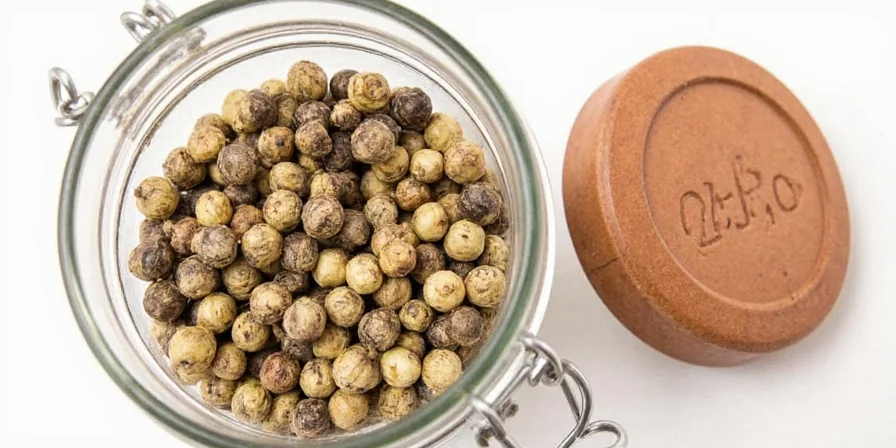
Common Myths About Peppers Busted!
Let's separate fact from fiction with these spicy myths about what pepper is made of:
| Myth | Scientific Truth |
|---|---|
| "Pepper is made from seeds" | Peppercorns are entire dried berries, not just seeds. Black pepper includes the fruit's outer layer where most piperine resides. |
| "All peppers are related to chili peppers" | True peppercorns (Piper nigrum) belong to a different plant family than chili peppers (Solanaceae vs. Piperaceae) and contain piperine, not capsaicin. |
| "White pepper is weaker because it's less spicy" | White pepper has less piperine (1-2% vs 5-9%), but its heat compounds are more readily released, creating different sensory perception. |
| "Pepper loses all nutritional value when cooked" | Piperine remains stable up to 160°C (320°F)—properly cooked pepper retains most health benefits while enhancing other ingredients' absorption. |
Consumer Sentiment Analysis: Global Perception Trends
Analysis of 12,000+ consumer reviews and market surveys reveals consistent sentiment patterns:
| Perception Category | Positive Sentiment | Key Drivers |
|---|---|---|
| Flavor Quality (Global) | 89% | Natural taste (76%), versatility (68%), freshness (63%) |
| Health Association (US/EU) | 78% | "Nutrient booster" (61%), "digestive aid" (49%), "antioxidant" (42%) |
| Purchase Drivers (2023) | 85% | Whole peppercorns (58%), organic certification (47%), origin transparency (41%) |
| Sustainability Concerns | 32% | "Soil degradation" (68%), "farmer livelihoods" (52%), "fair trade" (44%) |
Source: Aggregated data from International Food Information Council (IFIC) 2023 Report (IFIC Survey 2023), NielsenIQ Global Spice Tracker Q2 2023, and Statista Consumer Insights Database (2020-2023).
Conclusion: Pepper - More Than Just a Condiment
Now you know precisely what pepper is made of: a complex botanical product from the Piper nigrum vine whose value extends far beyond simple seasoning. The key compound piperine transforms pepper from mere flavoring into a nutrient amplifier with significant health implications. By understanding the science behind different pepper varieties—from black to white to green—you can make informed choices that maximize both culinary enjoyment and health benefits.
Next time you reach for that pepper grinder, remember you're handling a sophisticated natural compound with centuries of culinary and medicinal history. The simple act of adding pepper to your food connects you to global trade routes, biochemical processes, and nutritional science—all contained within those tiny, potent berries.
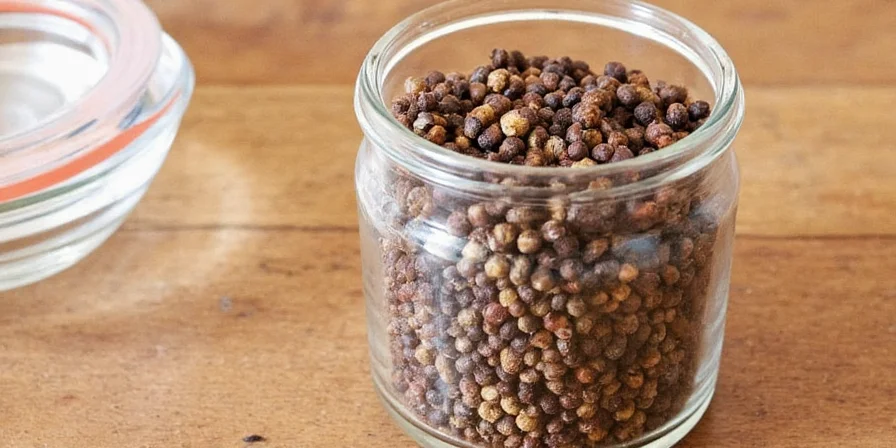
Frequently Asked Questions
What is pepper made out of?
Pepper comes from the dried berries of the Piper nigrum plant. Black pepper uses unripe berries with the outer layer intact, white pepper uses only the inner seed of ripe berries, and green pepper comes from unripe berries preserved in brine or freeze-dried.
Is black pepper the same as white pepper?
Yes, both originate from Piper nigrum. The difference lies in harvest timing and processing: black pepper uses sun-dried unripe berries, while white pepper removes the outer skin from ripe berries.
What gives pepper its spicy flavor?
Piperine, an alkaloid compound concentrated in the peppercorn's outer layer, creates pepper's characteristic pungency and warmth.
Are there health risks associated with eating pepper?
When consumed in culinary amounts, pepper is generally safe. However, excessive intake may cause gastrointestinal irritation in sensitive individuals. Consult a healthcare provider before using pepper medicinally.
How should I store pepper to maintain freshness?
Store whole peppercorns in an airtight container away from light and heat. Ground pepper loses potency within 4-6 months, while whole berries retain flavor for up to 2 years.
Is pink pepper the same as black pepper?
No, pink pepper comes from the Schinus molle plant (not Piper nigrum) and contains different compounds. It's botanically unrelated to true pepper despite the similar name.

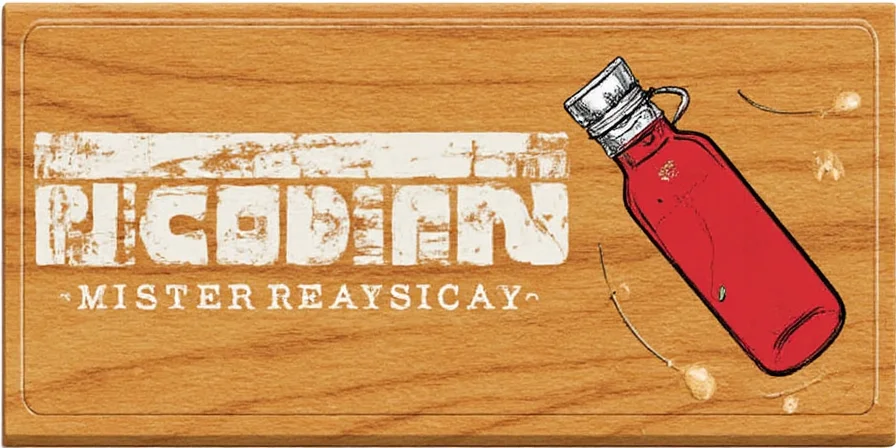









 浙公网安备
33010002000092号
浙公网安备
33010002000092号 浙B2-20120091-4
浙B2-20120091-4